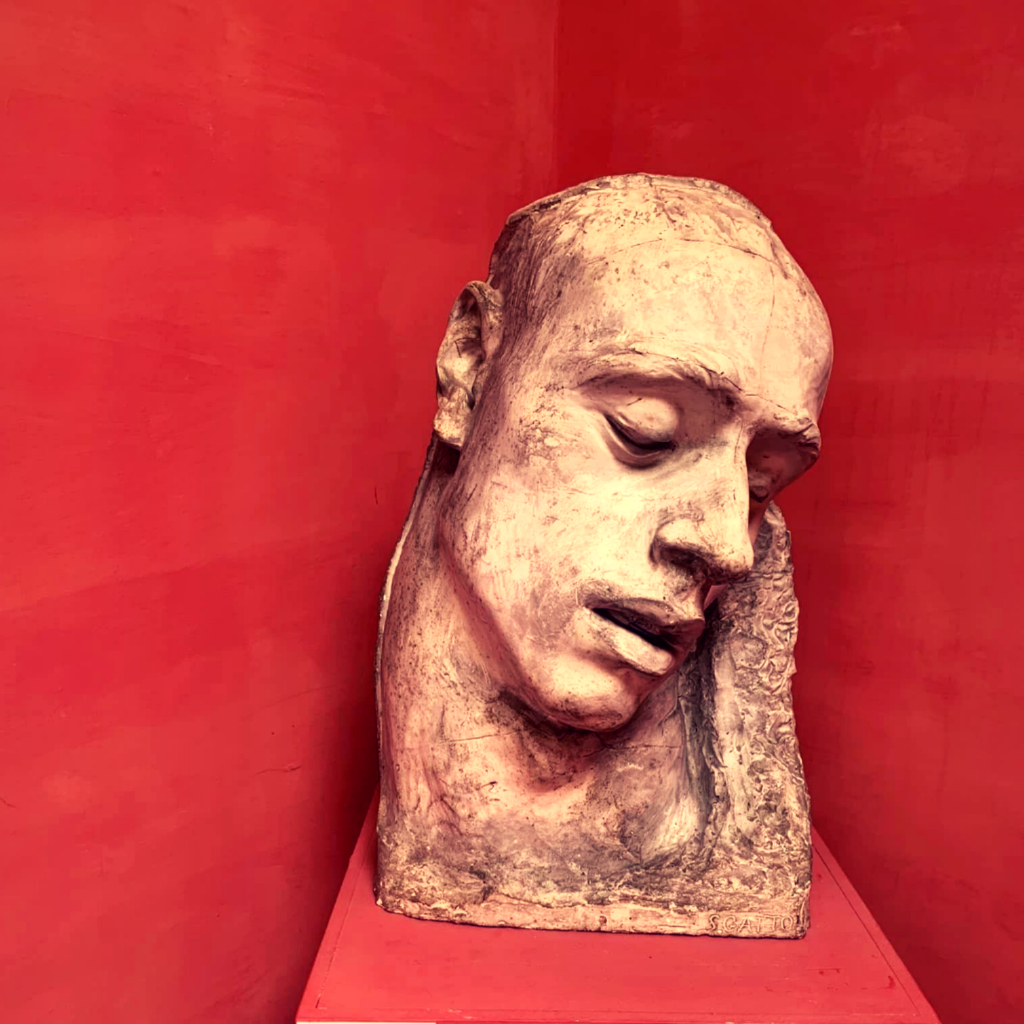Germanic conductor, music director of the Berlin State Opera in the 1920’s, and a missing link between the improvisational, Romantic, “subjective” style of conducting espoused by Furtwängler, Walter, Mengelberg, and the like and the literalist, Modernist, “objective” style of Toscanini and almost everybody since. Father of conductor Carlos Kleiber, and creator of some memorable studio recordings after World War II.
Even among devotees of historic recordings of classical music, Erich Kleiber is a peripheral character. He is best remembered as the youngest, least recorded of the “Big Five” captured in a photograph in Berlin in 1929. To be sure, his obscurity is partly his own doing — his famous sarcastic temper, fanatical perfectionism, political naïveté, and refusal to take orders from others added up to no permanent conducting position after 1935, no long-term relationship with any single ensemble, and no presence in the United States. As a result, there is no legacy of multiple recordings with one orchestra to match the legacies left behind by rivals like Bruno Walter, Otto Klemperer, Wilhelm Furtwängler, Willem Mengelberg, or Arturo Toscanini.

Some of those rivals, such as Furtwängler, Klemperer, Mengelberg, and Walter, came from a Romantic tradition of interpretation. These musicians were not bound to blindly obey the markings in a score, and used performance traditions and their own intuitions to personalize a performance, in effect re-composing a piece as they performed it. Conductors like Toscanini epitomized a more literalist approach to performance, moving away from the willful manipulations of the Germans to a more faithful reproduction of the scores as written. And a modernist style emerged with composer-conductors like Igor Stravinsky, who sought a more impersonal, mechanical musical production, with rock-solid rhythms emerging as more important than phrasing or harmony.

Kleiber fell into none of these neat categories, and all of them at the same time. From the beginning, Kleiber’s recordings have a strong sense of rhythm and pulse. On the one hand, he avoided the sometimes self-indulgent, wayward variations in tempo of the Romantic conductors. On the other, Kleiber steered clear of the metronomic inflexibility of the literalists and modernists. There was ebb and flow in Kleiber’s tempos, but each tempo was organically related to the others, and all stemmed from a single, unifying pulse. Kleiber studied scores relentlessly, even in his leisure time, and surprised listeners with details that turned out to be little more than the carrying out of directions in the score that were often ignored by other conductors. And yet, he could incorporate a Romantic sense of the tension and release of a phrase, even at the same time that he was observing markings, keeping the orchestral sound transparent so that inner voices could be heard clearly alongside the melody and bass lines. The playing was never fussy, and the characteristic rhythmic drive and buoyancy held everything together.
Kleiber’s first recordings were made in the 1920’s, at a time when orchestras had to be interrupted every three to five minutes to change discs. He did not work well with this process, and his steadiness of pulse does not come through in recordings where he had to be interrupted repeatedly in this fashion. In an interview at around this time, he said, “A man who only listens to records in a phonograph and does not go to concerts is like one who only eats canned meals. And it’s good for people to eat fresh food.” He was as difficult and demanding with record producers as he was with the Intendant-administrators who ran his opera houses.
After World War II, when the advent of tape made it possible to record in longer takes, Kleiber’s recordings improved. The recordings, and the documents of concert performances, show those qualities of pulse, transparency, and close attention to the score that Kleiber was famous for in his time.

Even more important than a recorded legacy was the physical legacy that Erich Kleiber left behind. Erich and Ruth had a daughter, Veronica, and a son, Carlos. Carlos displayed musical talent from an early age, but was discouraged by his father from pursuing a musical career. The son, like his father, would not be denied his love of music, got started by volunteering at an opera house and then received a paid position. Carlos, like his father before him, worked his way steadily up to become one of the most celebrated living opera conductors. Many of Carlos Kleiber’s singular traits — his fasitidous perfectionism, his extraordinary intensity and control, his searching intelligence and grasp of musical architecture — seem to have been inherited from his father, along with an unfortunate distaste for making recordings. Thus Carlos Kleiber’s success has ensured that Erich Kleiber’s style of conducting has survived, long after the art of Klemperer, Walter, Toscanini and Furtwängler faded into memory.


